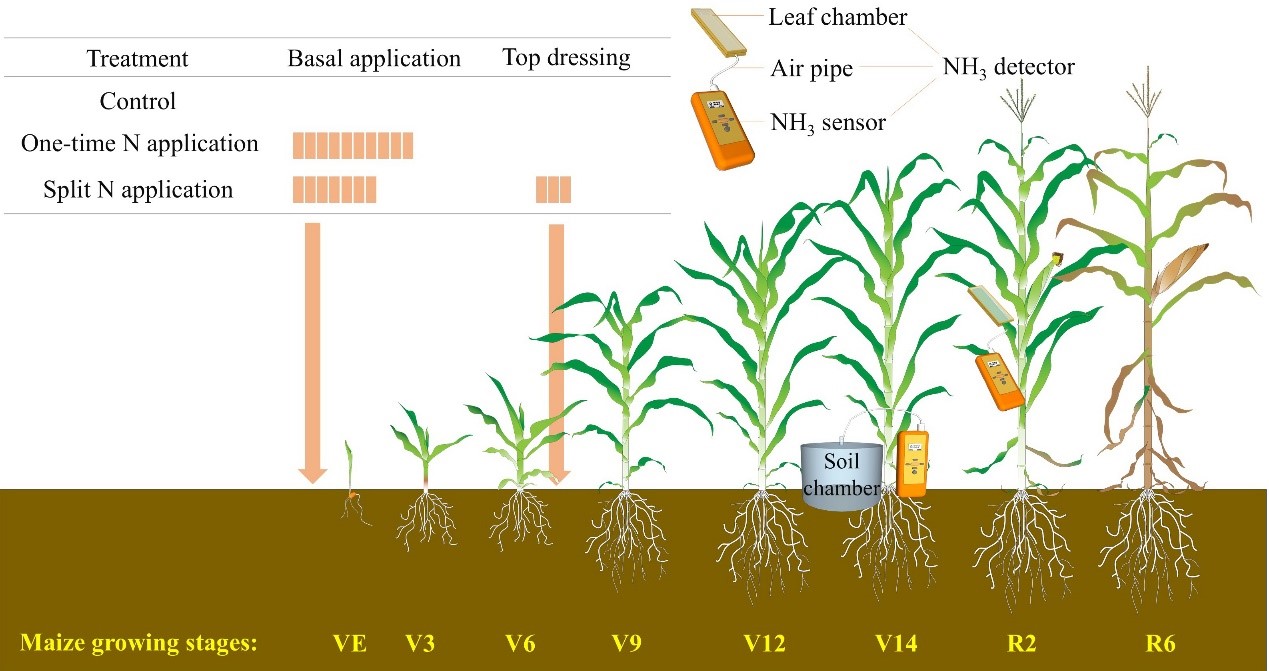
A team led by Prof. ZHOU Yongjin from the Dalian Institute of Chemical Physics, along with Prof. FEI Qiang from Xi'an Jiaotong University, developed a yeast cell factory to produce L-lactate from methanol as the sole carbon source, and evaluated the commercial potential and environmental impacts of this bioprocess.
A team led by Prof. CHEN Zhongwei and Assoc. Prof. MAO Zhiyu from the Dalian Institute of Chemical Physics of the Chinese Academy of Sciences, and Assoc. Prof. ZHANG Zhaosheng from the Beijing Institute of Technology, developed a comprehensive real-world data–driven framework for EVs range prediction and intelligent management.

A research team from the Hefei Institutes of Physical Science of the Chinese Academy of Sciences has revealed that a one-time nitrogen application, a labor-saving practice favored by many farmers, increases both soil and canopy ammonia emissions in maize fields, while reducing grain yield and nitrogen use efficiency.
Prof. HAN Buxing and LIN Longfei’s group from the Institute of Chemistry of the Chinese Academy of Sciences, and collaborators from Beijing Normal University and Peking University, developed a kinetic decoupling-recoupling (KDRC) strategy that enables the conversion of polyethylene (PE) to ethylene and propylene with a yield of 79%.
A research team led by Prof. GAO Dunfeng and Prof. ZHOU Xukai from the Dalian Institute of Chemical Physics (DICP) of the Chinese Academy of Sciences proposed a metal-phase protection strategy, and achieved durable acidic CO2 electroreduction to formic acid.
A research team led by Prof. CHEN Lingxin from the Yantai Institute of Coastal Zone Research of the Chinese Academy of Sciences, has developed edged-satellite AuAg nanoparticles (ES-AuAgNPs). These nanoparticles boast several characteristics, including alloyed Ag/Au composition, an edge-satellite structural design, and integrated antimicrobial components. Collectively, these properties equip ES-AuAgNPs with enhanced peroxidase-like catalytic activity, surface-enhanced Raman scattering performance, and antibacterial capabilities.

86-10-68597521 (day)
86-10-68597289 (night)

52 Sanlihe Rd., Xicheng District,
Beijing, China (100864)

